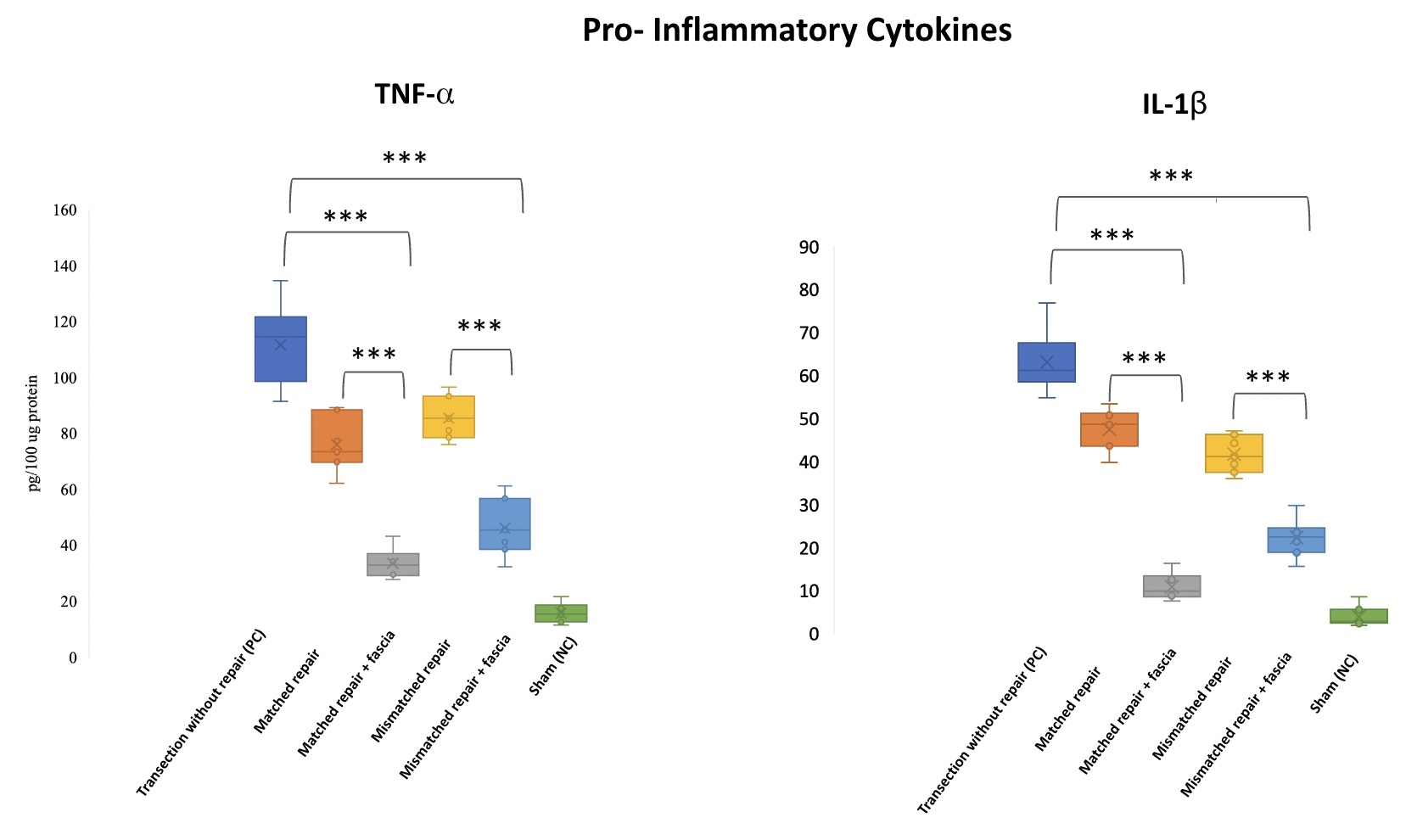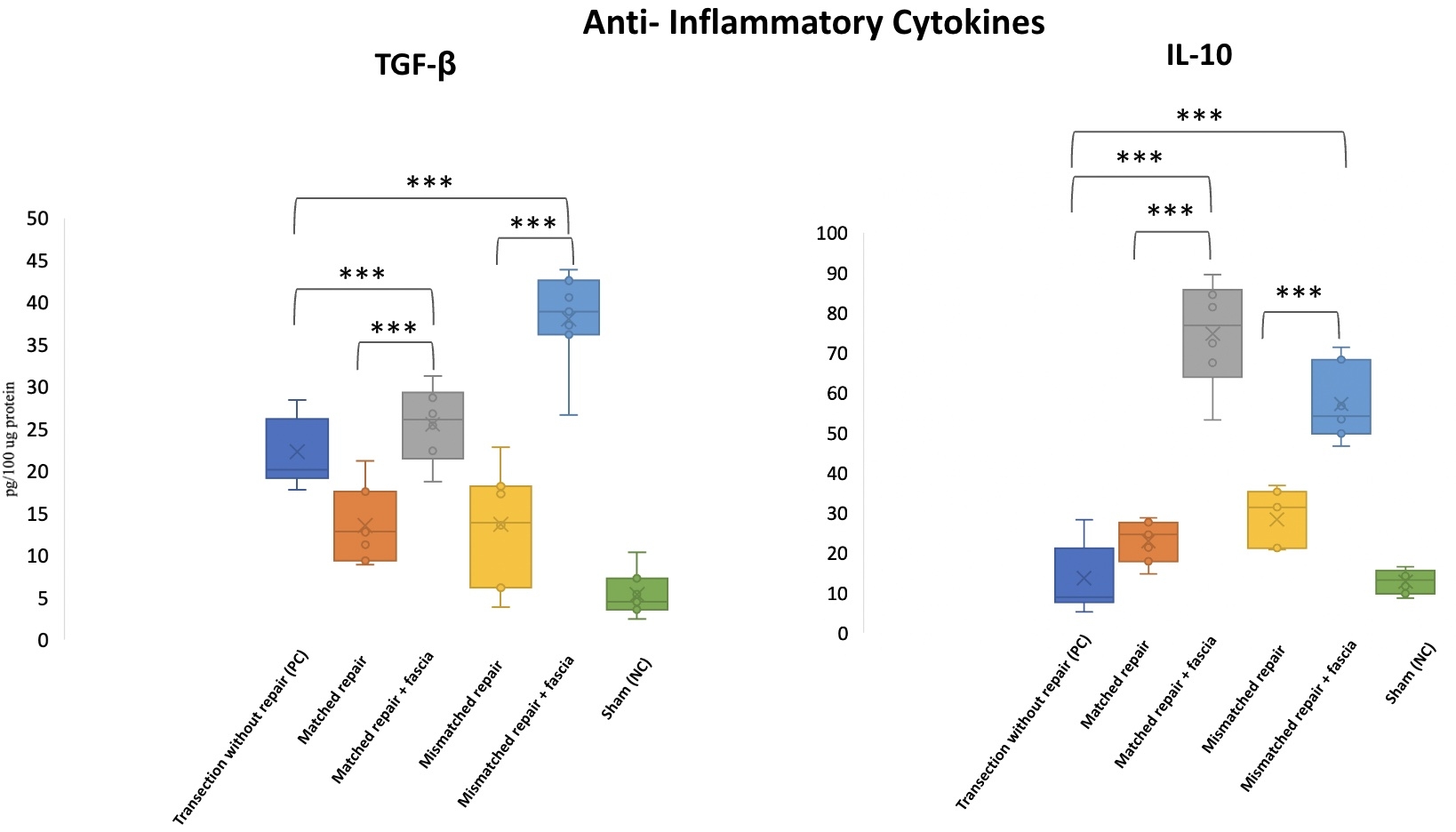Reducing Inflammation and Fibrosis in Epineurial Repair using an Autologous Fascia Wrap
Emma Rowley*, Zachary Zamore, William Padovano, Rachana Suresh, Zohra V. Aslami, Erica B. Lee, Sami Tuffaha
Department of Plastic Surgery, Johns Hopkins School of Medicine, Baltimore, MD
Nerve wraps may be used to bolster nerve repair sites, particularly in the case of size-mismatched coaptations or cable grafts. The goal of nerve wraps at coaptation sites is to restore epineurial continuity, thus theoretically reducing axonal escape and intraneural scar infiltration. We posit that autologous fascia has the potential to serve as an ideal nerve wrap, as it is composed of native collagen and has a composition closely resembling epineurium. We hypothesize that autologous fascia nerve wraps will readily incorporate into the epineurium at the coaptation site and provide a barrier to contain regenerating axons and reduce inflammatory cell infiltration. We evaluated these hypotheses in a rat sciatic nerve transection and repair model and a size-mismatched sciatic-to-common peroneal nerve transfer model.
A total of 84 Lewis rats were divided into six groups (n = 14): sciatic transection with repair +/- fascia wrap (matched repair), sciatic-to-common peroneal nerve transfer +/-fascia wrap (mismatched repair), sciatic transection without repair, and sham surgery. Fascia grafts were obtained from gluteal muscles. Animals were harvested at either 4 weeks or 12 weeks post-operative for histologic evaluation of the coaptation site and evaluation of cytokine expression in the nerve and dorsal root ganglia (DRG) using ELISA. Cytokine expression at 12 weeks and quantitative histology results are pending.
At 4 weeks post-operative, groups that received fascia nerve wraps demonstrated significantly reduced expression of pro-inflammatory cytokines, TNF-α and IL-1β, relative to groups that underwent nerve repair alone. Additionally, fascia wrap groups demonstrated significantly greater expression of anti-inflammatory cytokines, TGF-β and IL-10, relative to nerve repair alone.
Autologous fascia wraps are a simple adjunct that can reduce inflammation in both size-matched and size-mismatched nerve coaptations. Fascia grafts are technically straightforward to harvest, ubiquitously available, and may be a useful tool in the peripheral nerve surgeon's armamentarium.
Figure 1. TNF-α and IL-1β expression within DRG at four weeks post-surgery. (***p<0.0001).
Figure 2. TGF-β and IL-10 expression within DRG at four weeks post-surgery. (***p<0.0001).
Back to 2023 Abstracts


